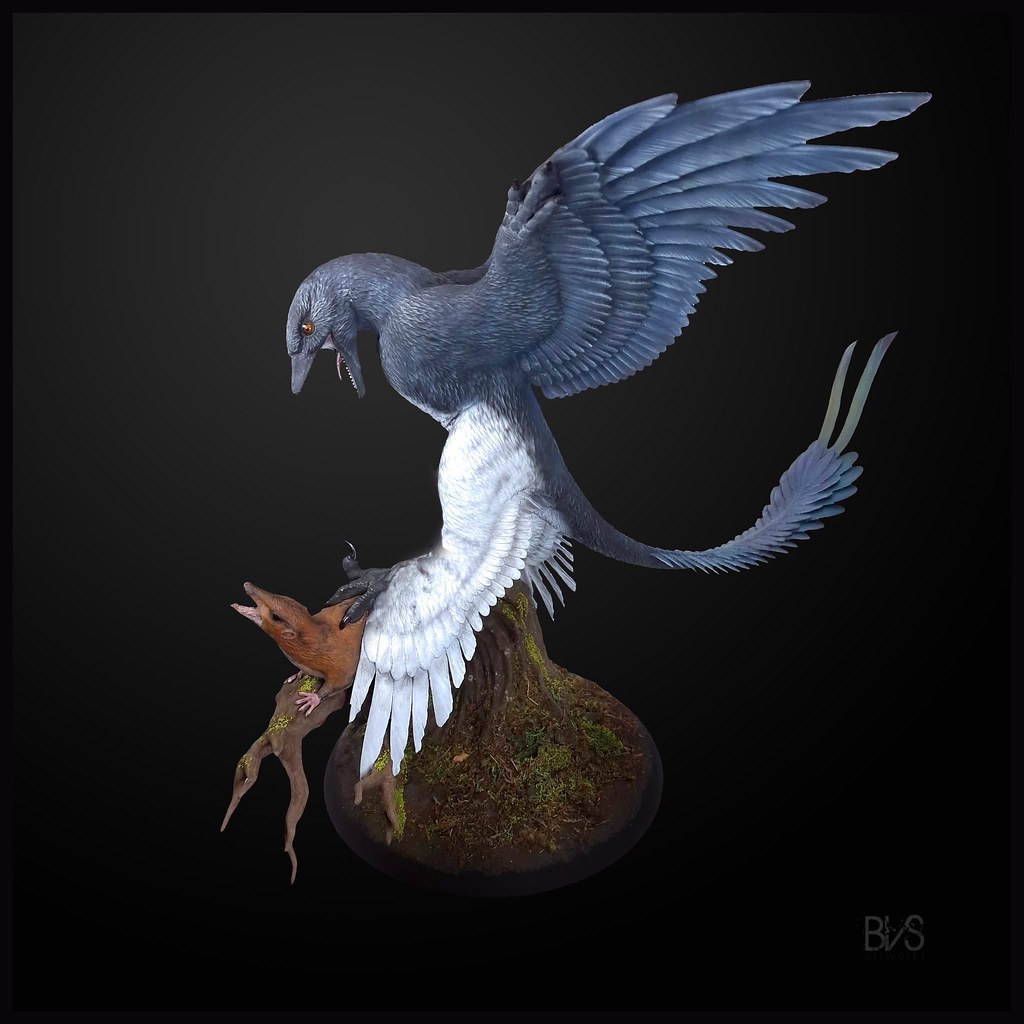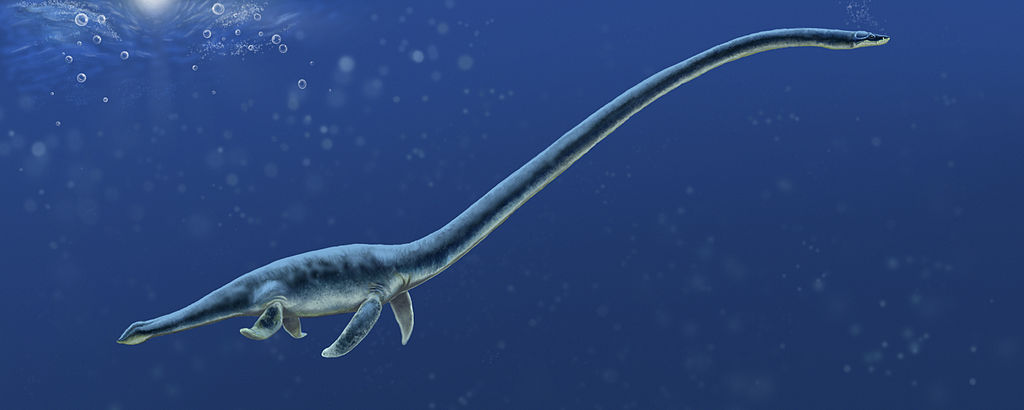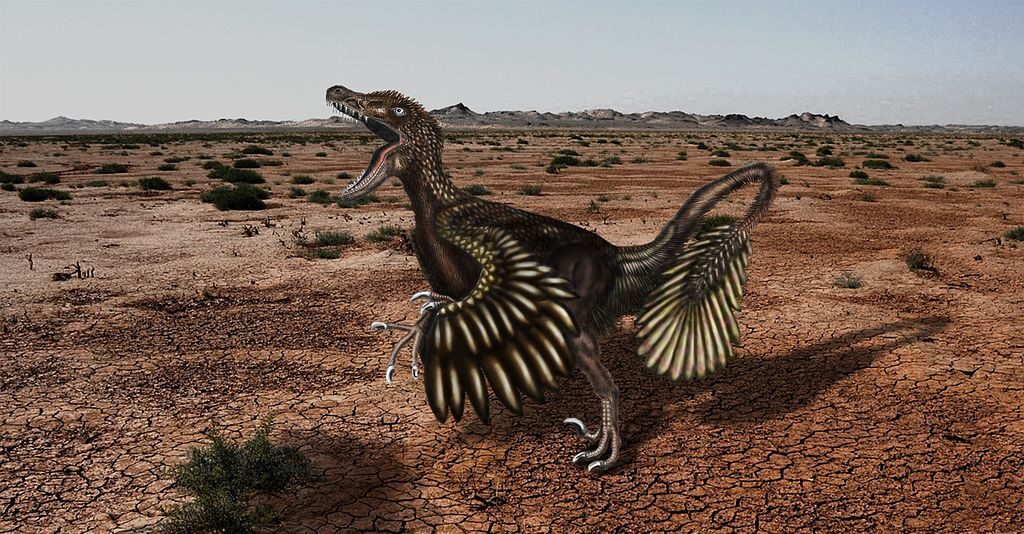Imagine walking through a forest and stumbling upon a creature that looks remarkably like a bird, yet carries the unmistakable presence of its ancient dinosaur ancestors. While this might sound like pure fantasy, recent scientific breakthroughs have revealed something truly astonishing about the relationship between modern birds and their prehistoric relatives. The boundaries between past and present are far more blurred than we ever imagined.
The discovery that birds are literally living dinosaurs has revolutionized our understanding of these magnificent creatures. Through groundbreaking genetic research and fossil discoveries, scientists have unlocked secrets that were buried for millions of years. What we’re learning challenges everything we thought we knew about evolution, genetics, and the very nature of life itself.
The Genetic Time Machine Hidden in Modern Birds
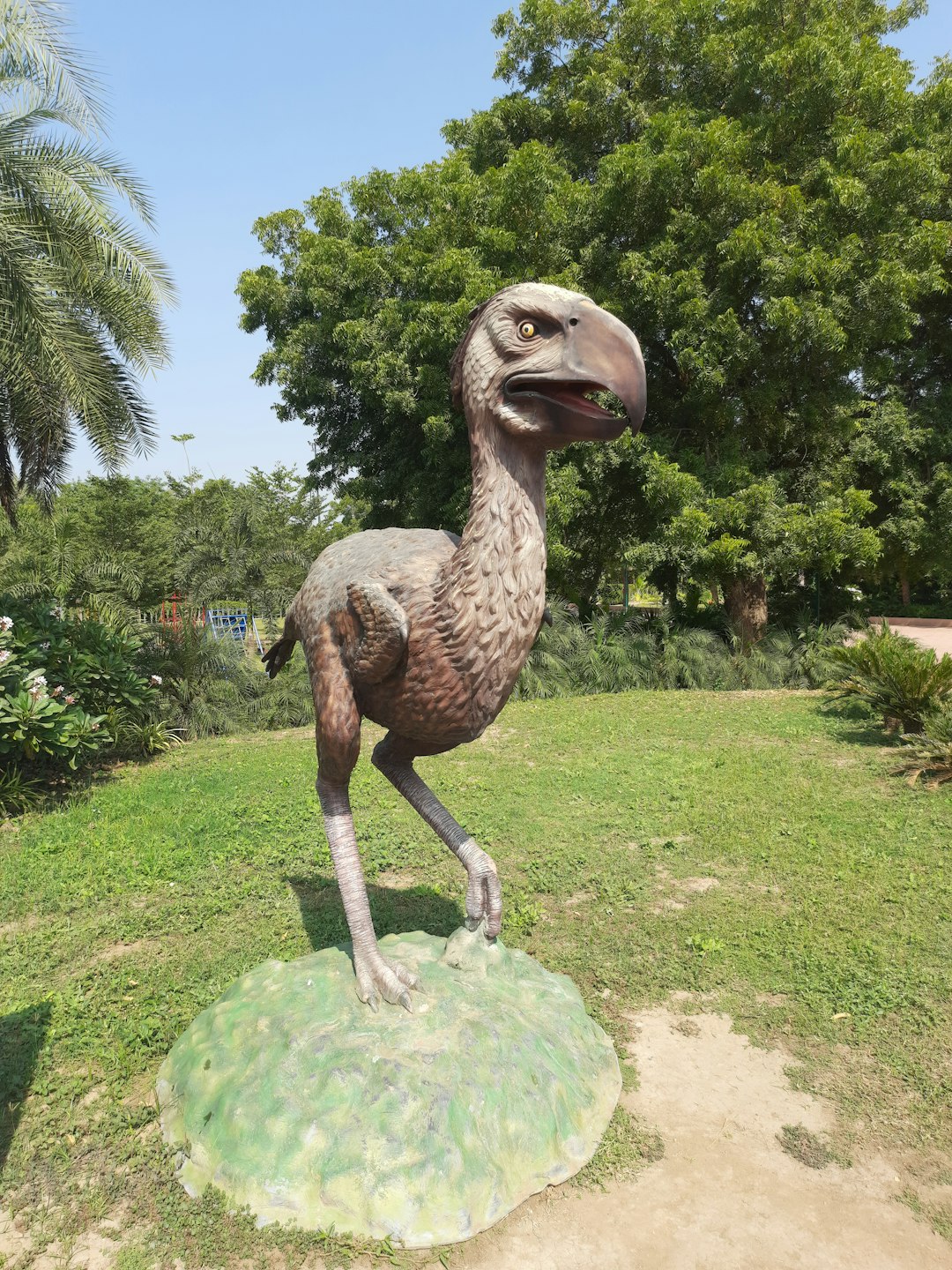
Deep within the DNA of every sparrow, eagle, and chicken lies an ancient genetic toolkit that predates dinosaurs by millions of years. The evolution of avian feathers has recently been illuminated by fossils and the identification of genes involved in feather patterning and morphogenesis. Although feathers were long thought to be a key innovation associated with the origin of avian flight, paleontological discoveries over the past 15 years indicate a more ancient origin.
Scientists have made a shocking discovery about feather development genes. A significant portion of genes regulating feather development may have been present long before the earliest dinosaurs walked the Earth. This genetic foundation was already in place, waiting like a dormant blueprint for the right evolutionary moment to express itself.
The implications are staggering. The inferred first appearance of nonkeratin protein-coding regions that are involved, for example, in placode patterning and feather ontogeny in birds is consistent with these genes being part of an ancient developmental toolkit. These molecular instructions have been conserved across hundreds of millions of years.
When Scientists Brought Dinosaur Feathers Back to Life
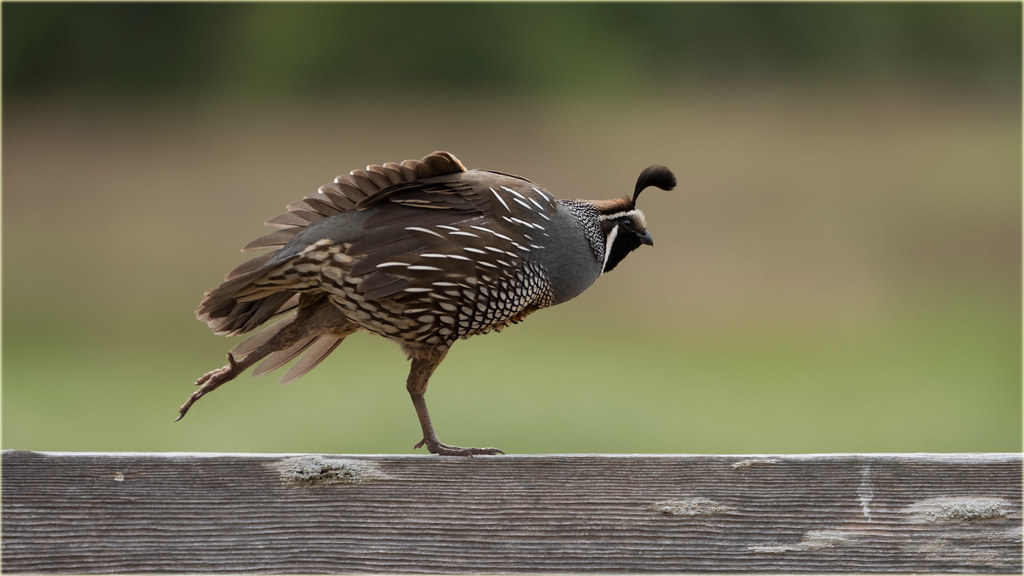
In a laboratory in Geneva, researchers achieved something that sounds like science fiction. By inhibiting the Sonic Hedgehog (Shh) gene, researchers triggered the growth of simple, tubular feather structures resembling the proto-feathers once found on non-avian dinosaurs. These proto-feathers date back approximately 200 million years and lack the complex barbs and hooks of modern feathers.
The experiment was both thrilling and unexpected. For a moment, it was as if they had turned back the evolutionary clock, reawakening ancient genetic instructions that had long been buried under layers of evolutionary refinement. Chicken embryos were literally growing dinosaur-like feathers.
What happened next surprised even the scientists themselves. The most surprising twist came later. By the 14th day of embryonic development, the embryos’ feather-forming machinery seemed to reboot itself. While the chicks hatched with patches of naked skin, dormant subcutaneous follicles spontaneously reactivated, ultimately producing normal feathers.
The Incredible Resilience of Ancient Genetic Networks
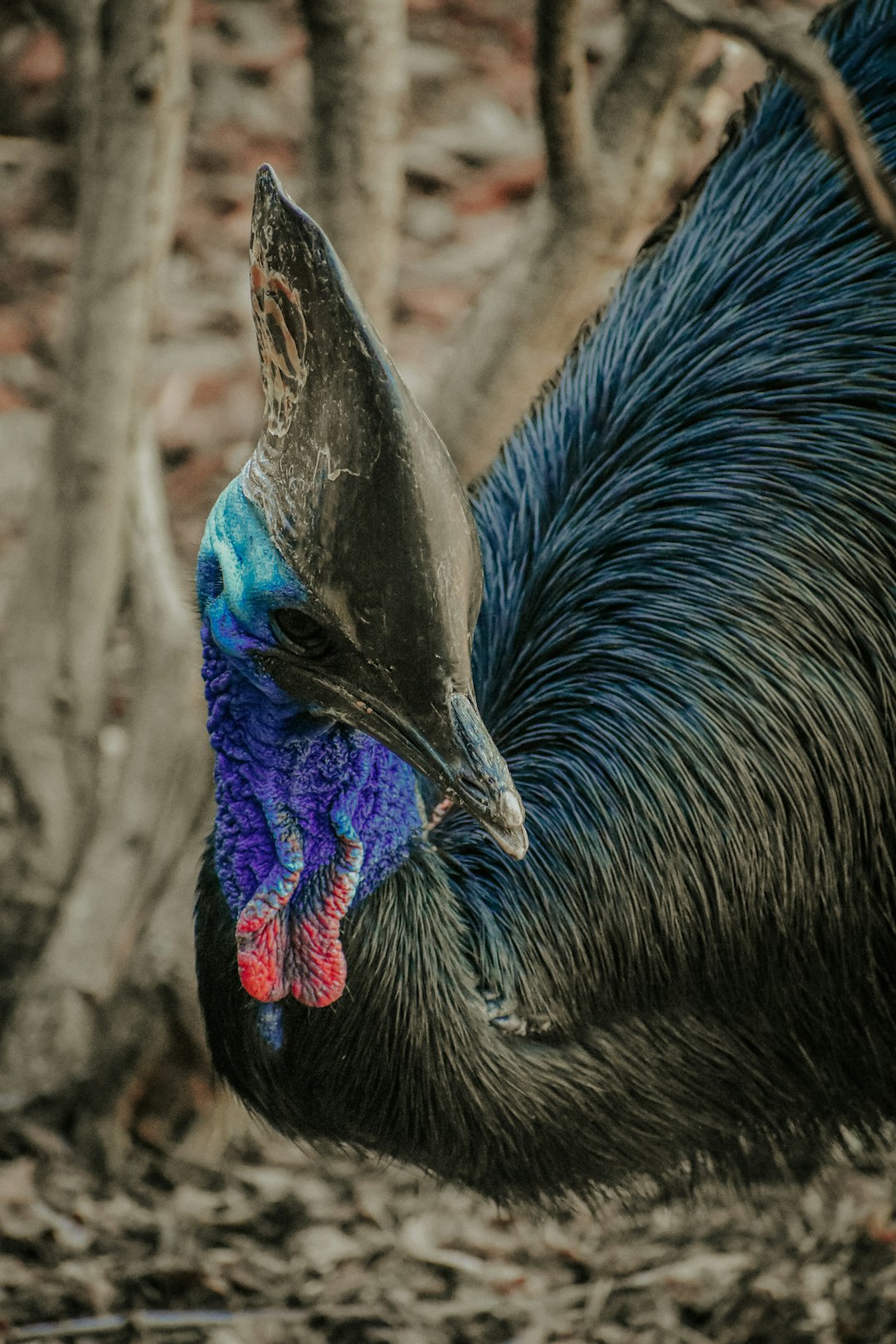
The robustness of feather development genes reveals something profound about evolution. While a transient disturbance in the development of foot scales can permanently turn them into feathers, it is much harder to permanently disrupt feather development itself. This suggests that the genetic network controlling feathers has become incredibly stable over millions of years.
Clearly, over the course of evolution, the network of interacting genes has become extremely robust, ensuring the proper development of feathers even under substantial genetic or environmental perturbations. The big challenge now is to understand how genetic interactions evolve to allow for the emergence of morphological novelties such as proto-feathers.
This resilience might explain why birds survived the mass extinction that wiped out their dinosaur cousins. Their genetic systems had evolved multiple backup plans and recovery mechanisms that could adapt to catastrophic changes in their environment.
Proto-Feathers: The Missing Link Between Scales and Flight
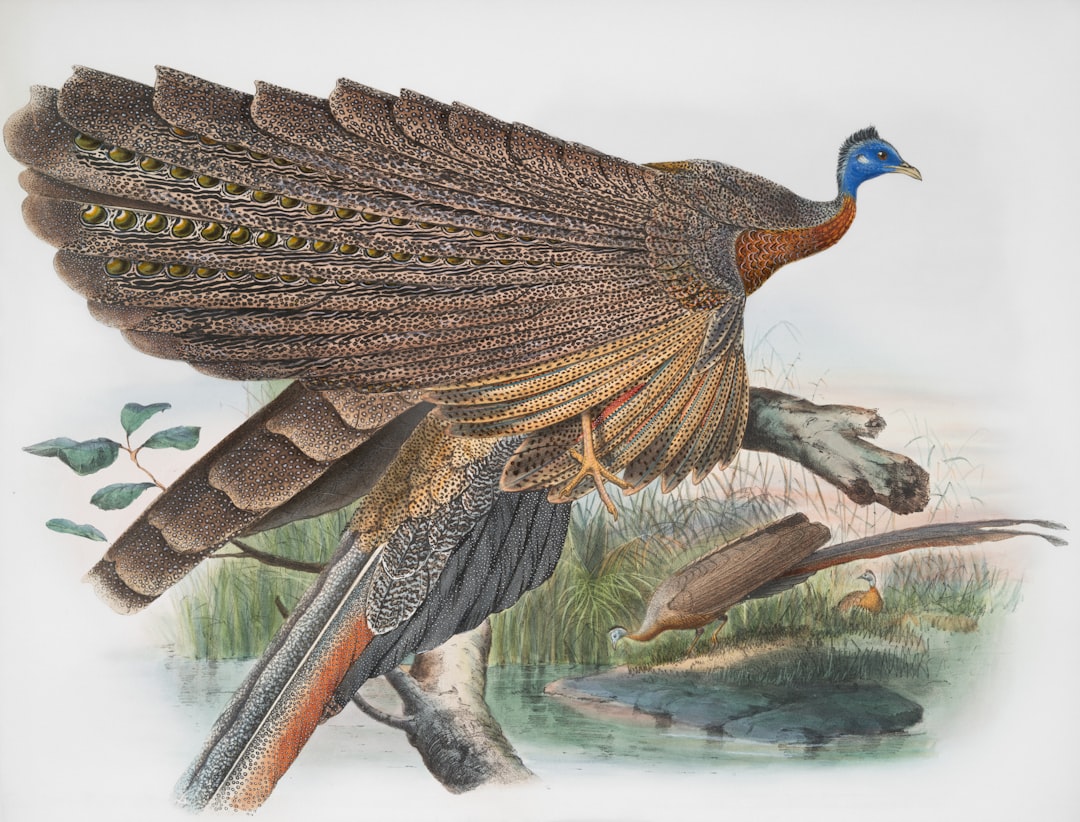
The story of proto-feathers begins around 165-150 million years ago in certain theropod dinosaurs, a group that includes the fearsome Tyrannosaurus rex and the lithe, bird-like Velociraptor. Some scientists propose these structures may have appeared even earlier, though the exact timing remains debated – in the common ancestor shared by dinosaurs and pterosaurs (those bat-like, winged reptiles of prehistoric skies). If true, this would place the origin of feathers close to the dawn of the archosaur lineage, a group that ultimately gave rise to crocodiles, dinosaurs, and birds.
Far simpler than the complex feathers we see today, they resembled hollow, cylindrical filaments – imagine tiny, flexible tubes emerging from the skin. Unlike modern feathers, they lacked barbs (the interlocking branches that form the feather vane) and barbules (the microscopic hooks that hold barbs together).
These primitive structures weren’t designed for flight. Instead, they likely served as insulation or display features, setting the stage for one of evolution’s most remarkable innovations.
Zoned Development: How Dinosaurs Kept Both Scales and Feathers
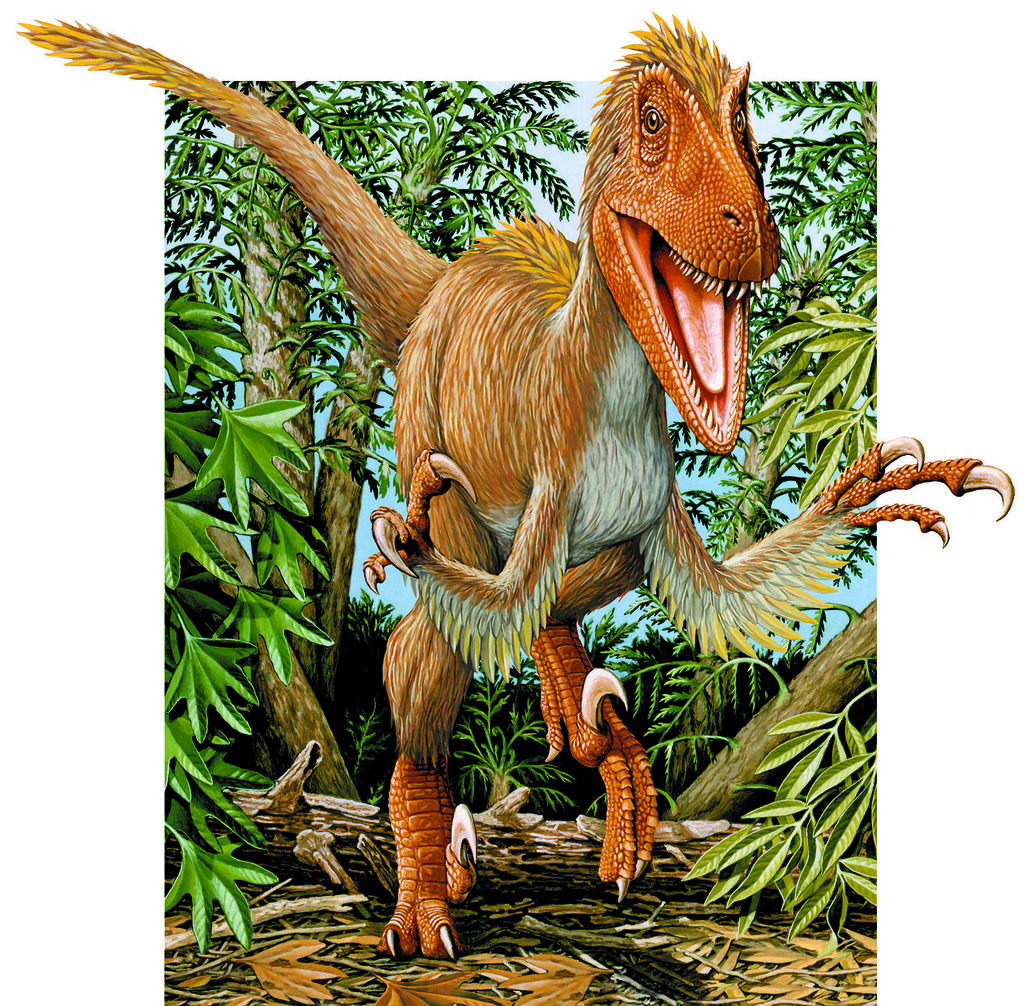
Recent fossil discoveries have revealed an ingenious evolutionary solution that dinosaurs used during their transition to birds. Our discovery suggests that soft, bird-like skin initially developed only in feathered regions of the body, while the rest of the skin was still scaly, like in modern reptiles. This zoned development would have maintained essential skin functions, such as protection against abrasion, dehydration.
The researchers studied a new specimen of the feathered dinosaur Psittacosaurus from the early Cretaceous (approximately 125-100 million years ago), a time when dinosaurs were evolving into birds. The study shows, for the first time, that Psittacosaurus had reptile-like skin in areas where it didn’t have feathers.
This discovery explains how dinosaurs could experiment with feathers without losing the protective benefits of scales. It was like having the best of both worlds during a critical evolutionary transition.
The Flight Rules That Separate Ancient from Modern
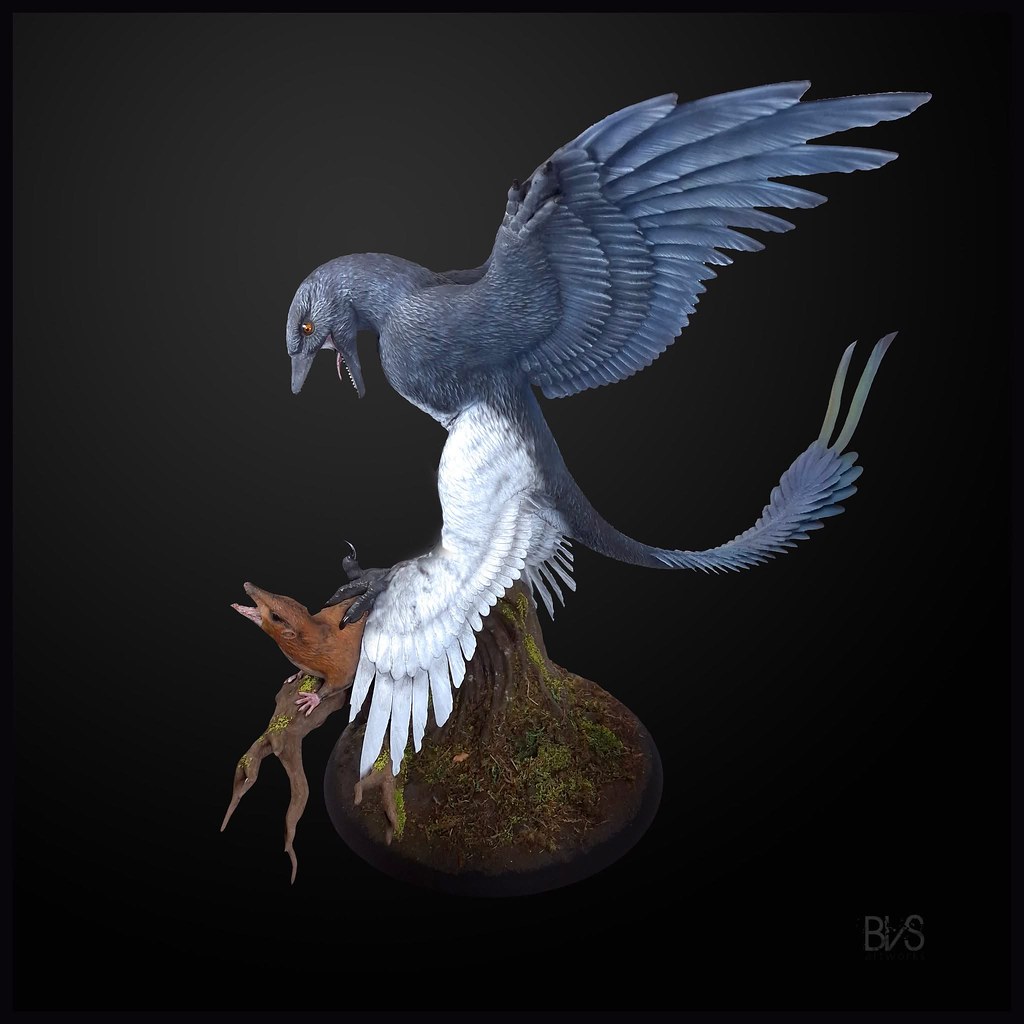
Scientists examined hundreds of birds in museum collections and discovered a suite of feather characteristics that all flying birds have in common. These ‘rules’ provide clues as to how the dinosaur ancestors of modern birds first evolved the ability to fly, and which dinosaurs were capable of flight.
Not all feathered dinosaurs could actually fly. For instance, the researchers looked at the feathered dinosaur Caudipteryx. Meanwhile, other feathered fossils’ wings seemed flight-ready – including those of the earliest known bird, Archaeopteryx, and Microraptor, a tiny, four-winged dinosaur that isn’t a direct ancestor of modern birds.
The research reveals that achieving true flight required more than just having feathers. It demanded specific arrangements, numbers, and structural properties that took millions of years to perfect through evolutionary processes.
Modern Birds: Living Proof of Genetic Memory
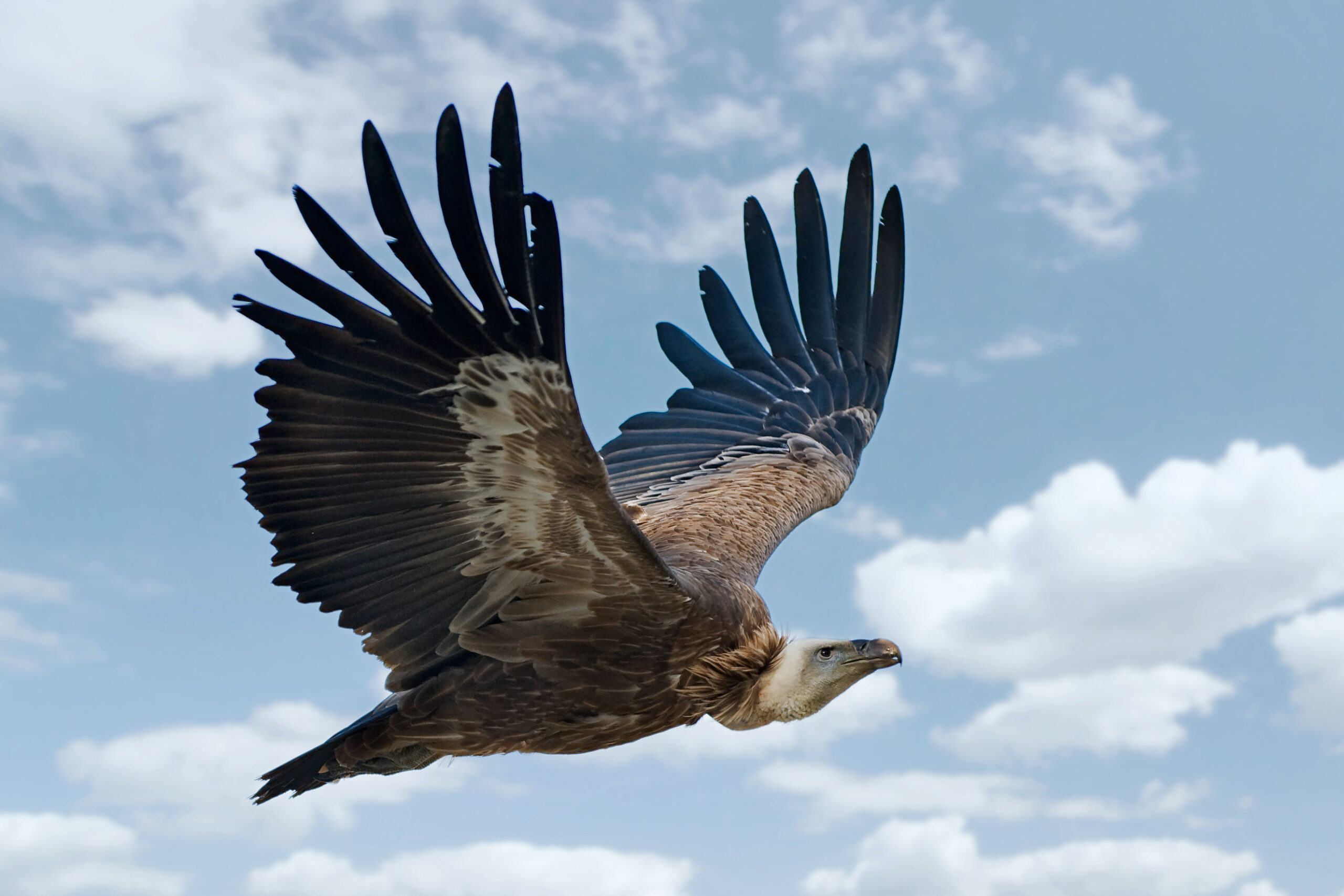
Feather first appeared in dinosaurs in the Jurassic period, around 165–150 Ma. One lineage of feathered theropod dinosaurs survived the mass extinction and became the ancestor of birds. Today’s birds carry this incredible evolutionary heritage in every cell of their bodies.
Studies correlating the sizes of bone cells and genomes (the entire genetic material of an organism) have revealed that the mighty T. rex and its fearsome kin had the small genomes typical of modern birds. This miniaturization wasn’t just about physical size reduction but represented a fundamental reorganization of genetic information.
The evolutionary transition toward birds and the origin of their flight involved a dramatic reduction in body size. These feathered dinosaurs indicate that, at their onset, feathers must have had a different function, perhaps insulating the bodies of animals that had metabolically diverged from their cold-blooded, reptilian ancestors.
The Future of Genetic Archaeology
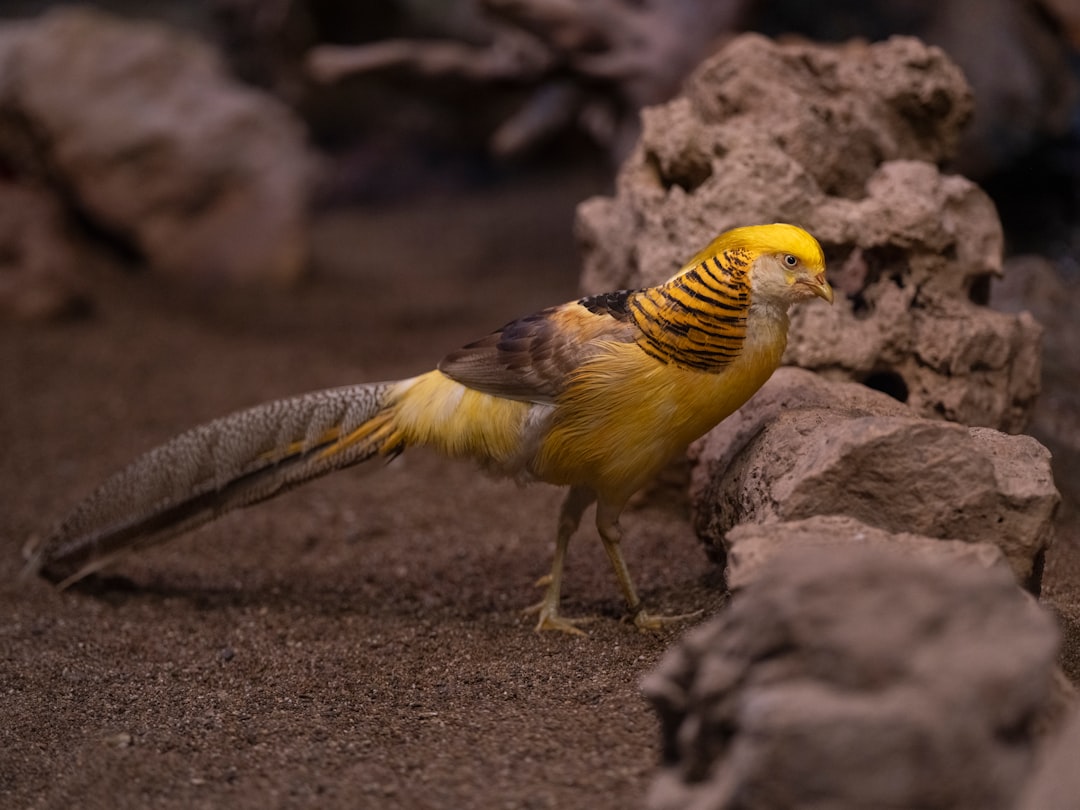
The ability to trigger ancient traits in modern animals opens up incredible possibilities for understanding evolution. Unlocking these genetic controls could have implications beyond evolutionary theory. With each experiment, scientists come closer to understanding how modern genomes carry dormant evolutionary blueprints. Such discoveries may one day allow for the revival of ancient biological traits – or even provide models for biomedical or regenerative applications.
This research doesn’t just tell us about the past; it reveals the hidden potential that still exists within living organisms. Every bird that flies overhead carries within its genes the memory of ancient dinosaurs, complete with the molecular instructions for structures that haven’t been seen for millions of years.
The boundaries between extinction and existence, between past and present, are far more permeable than we ever imagined. Through the lens of genetics, dinosaurs never really disappeared at all.
Conclusion
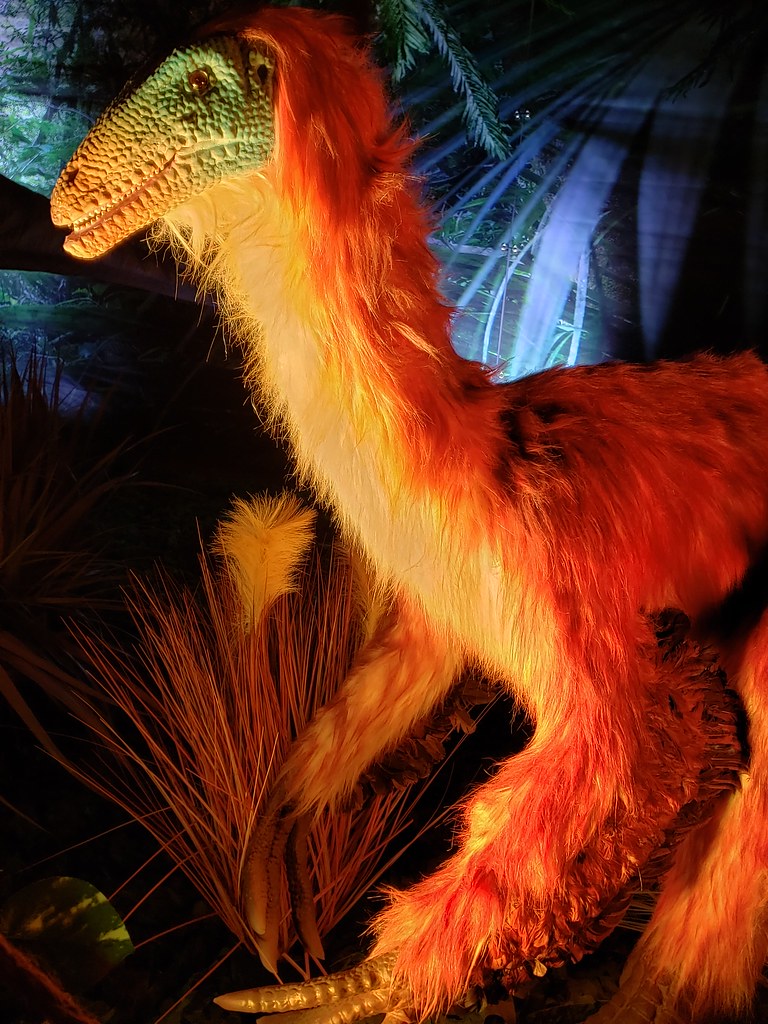
The question of whether dinosaurs could still have feathers today has a surprisingly complex answer. In the most literal sense, dinosaurs do still have feathers today because birds are dinosaurs. Their genetic machinery carries the same fundamental instructions that once clothed Velociraptors and Tyrannosaurs in primitive plumage.
More remarkably, scientists have demonstrated that ancient feather types can be coaxed back to life in modern birds through genetic manipulation. The dormant blueprints remain intact, waiting within the robust networks of genes that control feather development. These discoveries reveal that evolution doesn’t simply discard old designs; it preserves them as hidden options that can be reactivated under the right conditions.
The story of feathers is ultimately a story about the incredible continuity of life. From simple filaments on dinosaur skin to the sophisticated flight feathers of modern birds, the same basic genetic toolkit has been refined and preserved across hundreds of millions of years. In every sparrow’s wing and peacock’s tail, we can see the echoes of an ancient world that never truly vanished.
What do you think about the possibility that we could one day see actual dinosaur-like feathers growing on living birds? Share your thoughts in the comments below.

